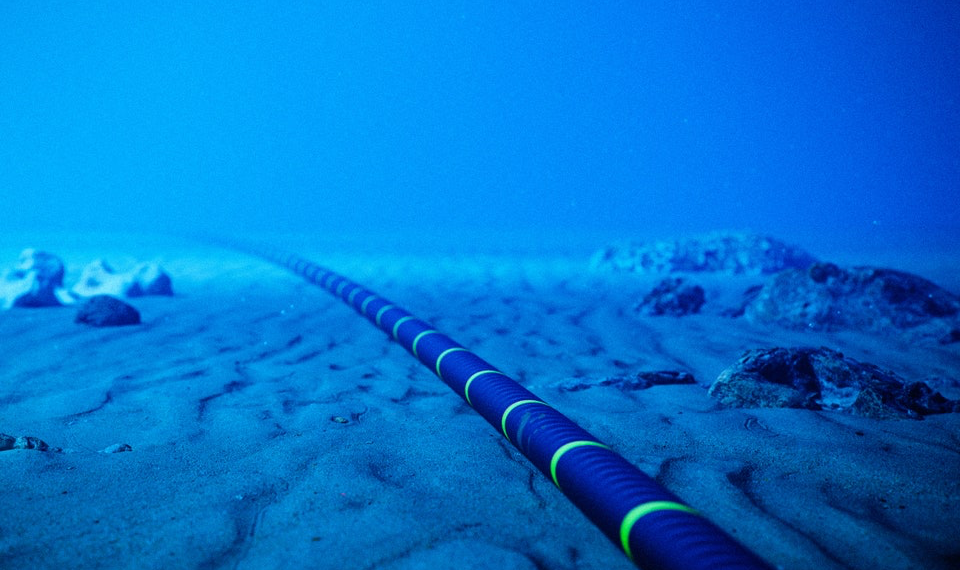Meta, the parent company of Facebook, Instagram, and WhatsApp, is planning to build a 40,000-kilometre fibre-optic subsea cable that could boost global internet infrastructure.
The project, expected to cost over $10 billion, will make Meta the sole owner and operator of the cable, bringing a good difference in how such networks are traditionally managed.
With this goal, Meta is securing reliable infrastructure to support its expanding digital ecosystem. With its platforms accounting for 10% of global fixed internet traffic and 22% of mobile data, the need for a dedicated data pipeline has become necessary.
Sources close to the project reveal that while planning is well underway, physical implementation is yet to commence. Meta plans to provide further details about the route and capacity in 2025.
The cable’s envisioned route spans the globe, starting from the eastern United States to India via South Africa, and looping back to the U.S. west coast through Australia.
This design strategically avoids politically unstable regions such as the Red Sea, the South China Sea, and the Straits of Malacca, ensuring uninterrupted service.
Experts believe the project will be developed in phases due to the limited availability of cable-laying ships and competing demands from other tech giants like Google.
When completed, the cable will enhance Meta’s drive in the subsea cable sector, joining the ranks of Google, which has ownership stakes in numerous routes globally.
Unlike Meta’s existing participation in consortium-led projects like the 2Africa cable, this is its first independent ownership of such a system.
Geopolitical and Business Drivers
On the Meta subsea cable project, sole ownership will grant the company priority access to data traffic capacity, enabling better quality service for its global user base.
Added to this, as a significant portion of Meta’s revenue comes from regions outside North America, securing independent infrastructure will help simplify data delivery in these markets.
Recent incidents, such as damage to submarine cables during conflicts or accidents, have revealed the vulnerabilities of existing networks. In charting a route through safer corridors, Meta aims to mitigate such risks and ensure the reliability of its operations.
India: A Key Destination
India is a central focus of Meta’s plans, both as a major landing point for the cable and as a market with huge growth potential.
The country has the largest number of users on Meta’s platforms globally, with over 375 million Facebook users, 363 million Instagram users, and 536 million WhatsApp users. This large audience has shown keen interest in Meta’s emerging technologies, including AI tools.
Again, India’s relatively low computational costs and growing investments in data centre infrastructure make it an attractive location for future AI training hubs.
Reports disclose that the cable could facilitate Meta’s goal to expand AI in the region, although the company has yet to confirm such plans.
Currently, across the telecommunications industry, tech giants are taking ownership of subsea infrastructure.
Historically, these networks were developed by telecom consortiums, but companies like Meta, Google, and Microsoft are now focused on these to meet their specific needs.






